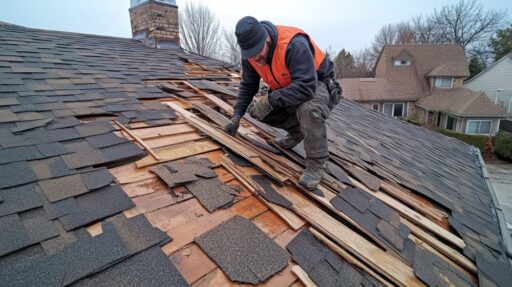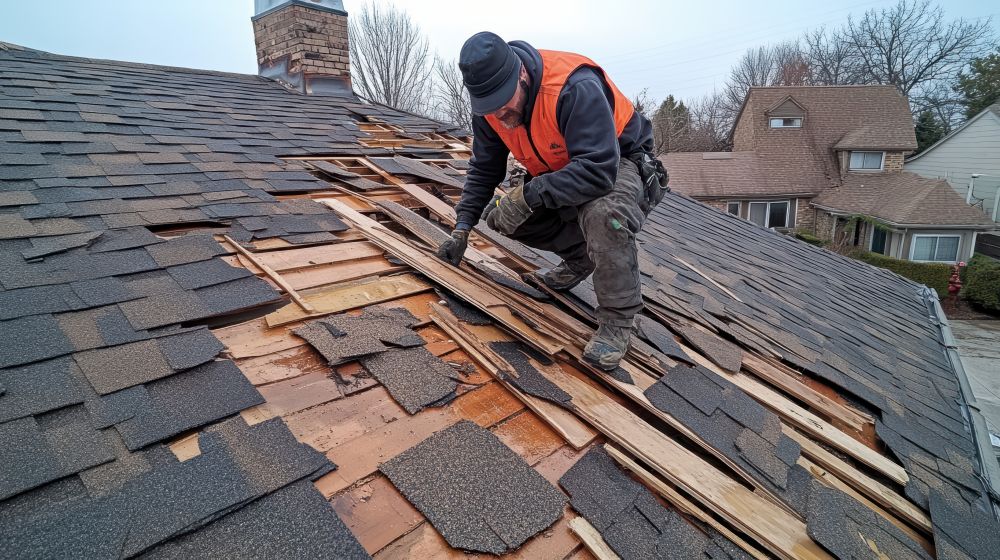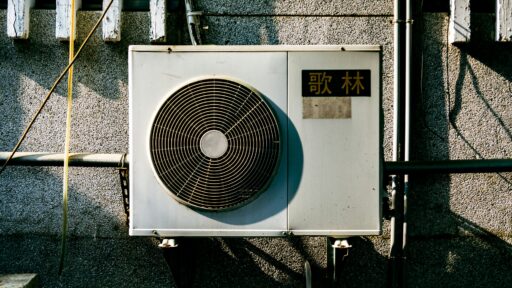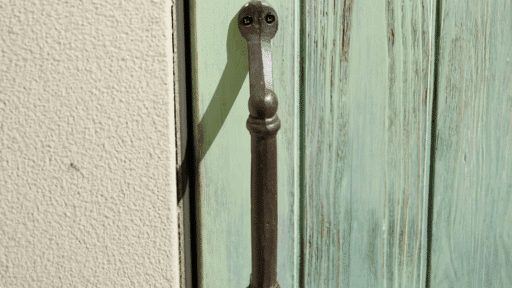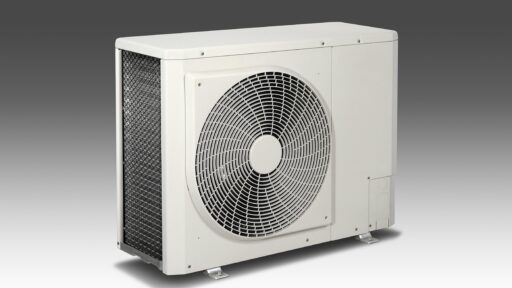Keeping your roof in good shape is one of the best ways to protect your home. A shingle roof may look strong, but minor issues can become costly repairs without regular care. Cracked shingles, clogged gutters, or unnoticed leaks can slowly shorten the life of your roof without you even realizing it.
The good news is that with a little attention, you can add years to your roof’s lifespan. Simple steps like cleaning, checking for damage, and scheduling regular inspections go a long way in keeping your roof reliable. These small efforts prevent expensive problems and give you peace of mind through every season.
Here’s everything you need to know about keeping your shingle roof in top condition:
Schedule Professional Inspections
Professional inspections should be the foundation of your roof maintenance routine. Roofing experts know where to look for hidden weaknesses and can spot early signs of trouble that are easy to miss. They examine flashing, check for ventilation issues, and look beneath the surface layers of your roof.
Scheduling an inspection once a year or every two years ensures your roof is ready to withstand changing weather conditions. Professionals can recommend small fixes before they turn into costly replacements. This preventive step keeps your roof strong and helps you know whether you need to replace or repair your roof if damaged.
When looking for a roofing company, opt for a local expert who has strong experience with shingle roofs and is familiar with your region’s climate. For instance, if you’re considering a shingle roof replacement in Madison Wisconsin, research to find the best professionals in the area. A local roofing contractor understands seasonal challenges like heavy snowfall or temperature swings and can provide longer solutions.
Remove Moss and Algae
Moss and algae often appear as green or dark streaks across shingles. While they may seem cosmetic, they can hold moisture against the roof’s surface. Over time, this weakens shingles, leading to decay and shorter roof life.
To clean moss and algae, use a gentle solution that removes growth without stripping protective granules from the shingles. Roofing professionals can also apply preventive treatments to discourage regrowth. A clean roof stays stronger and looks better for longer.
Inspect Shingles Regularly
Shingles protect your roof against wind, rain, and sun. Over time, they may crack, curl, or loosen. A weak shingle can allow water to seep in, causing more widespread damage to the roof structure.
Take time to visually inspect your shingles at least a few times a year. Check for missing or discolored shingles from the ground, and after storms, look for lifted or broken ones. If you climb a ladder, do so safely. Spotting damage early allows you to make minor repairs before they grow into larger problems.
Trim Overhanging Branches
Trees add beauty to your property, but branches that hang too close to the roof pose a real threat. In strong winds, branches can snap and strike shingles, leaving them cracked or broken. Even without storms, constant rubbing from branches wears down the surface of shingles.
Trimming branches back creates safer clearance between your trees and roof. It improves airflow, reduces shade, and lets the sun dry out moisture on your shingles. This prevents physical roof damage and moss growth and creates a healthy living environment for your family.
Address Leaks Quickly
Ignoring a roof leak can have lasting consequences. What may seem like a small drip often spreads into serious issues such as stained ceilings, ruined insulation, and mold growth. If left untreated, water intrusion can drive up repair costs and weaken the home’s structure.
Warning signs often appear before the damage worsens. Water stains on walls, damp insulation in the attic, or a musty smell indicate that moisture is seeping in. At the first sign of trouble, bringing in a roofing professional is the best step forward. Prompt repairs prevent leaks from spreading and keep your roof and home secure.
Ensure Proper Ventilation
Ventilation in the attic is another key factor in roof longevity. Poor airflow traps heat and moisture, damaging shingles from beneath and straining the roof deck. In summer, heat buildup can shorten shingle life, while in winter, condensation encourages mold and rot.
Check that your attic has working ridge vents, soffit vents, or other ventilation systems. Proper insulation should be in place, but arranged to allow airflow. With proper attic ventilation, your roof lasts longer and your home feels more comfortable year-round.
Keep Gutters Clear

Clean gutters are essential for proper roof performance. When gutters clog with leaves, dirt, or debris, rainwater can’t flow away from your home. Instead, it pools along the roofline, seeps under shingles, and eventually causes leaks. In cold weather, trapped water can freeze and form ice dams that damage shingles and flashing.
To avoid these problems, clean your gutters several times a year, especially when leaves are heavy in the fall. Installing gutter guards can also reduce buildup. With gutters flowing freely, your shingles face less stress from moisture, and your roof lasts longer.
Replace Shingles When Needed
Even the best maintenance can’t stop natural wear. Most asphalt roof shingles last between 20 and 30 years, depending on climate and material quality. As your roof ages, repairs may become frequent and less effective.
When shingles are worn out, replacement is the best option. Though it may feel like a major expense, it prevents repeated repair costs and protects the structure of your home. Replacing shingles at the right time ensures your roof continues to provide reliable protection.
Conclusion
Caring for your shingle roof doesn’t require special skills or expensive tools. Most roof maintenance tasks are simple and take just a few hours each year. With the above tips, you can extend your roof’s lifespan, prevent costly repairs, and keep your home protected in every season. Remember, consistency matters. Regular small steps make a big difference in the long-term health of your roof.

